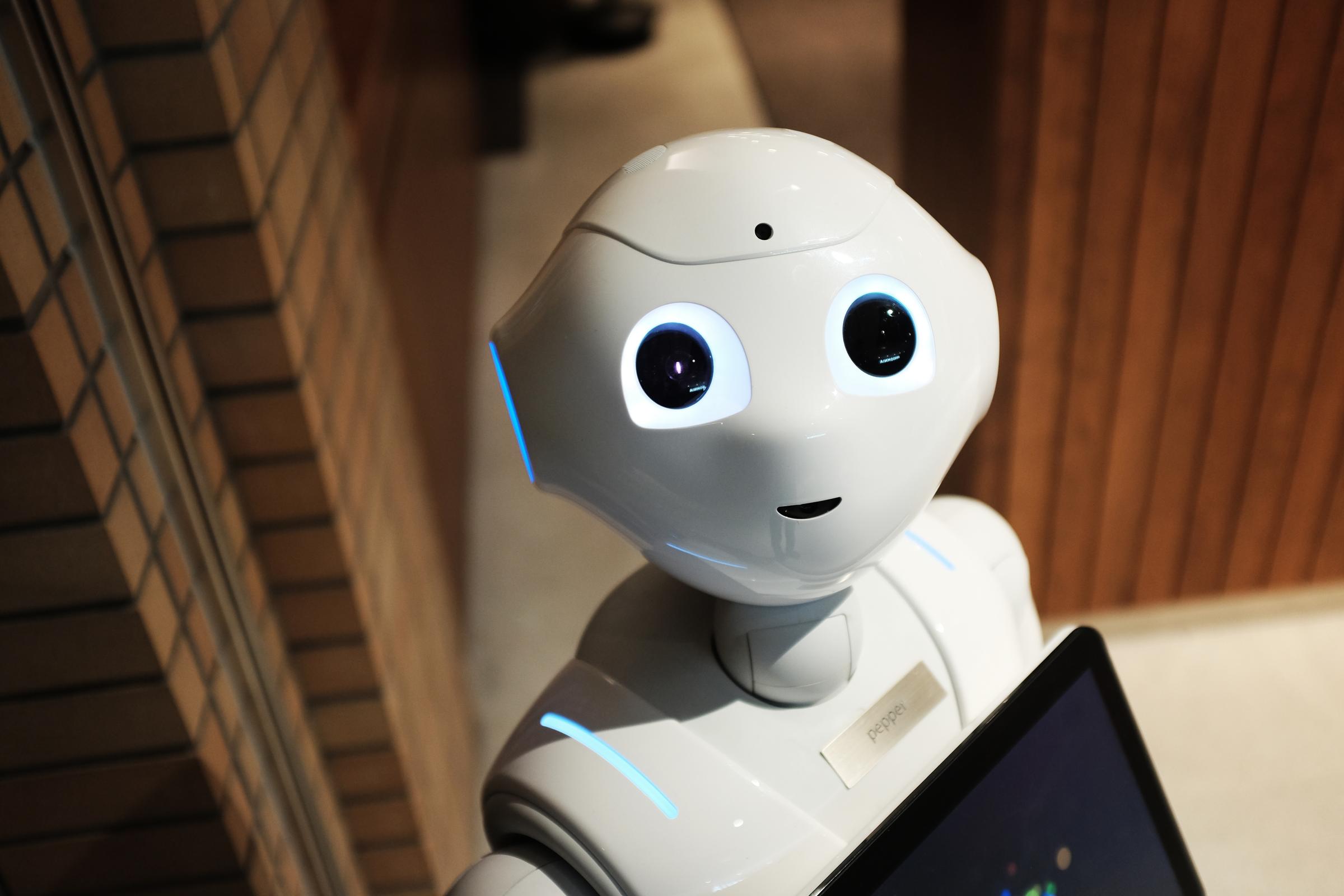Technologies

FOOD TECHNOLOGY
Content Strands
- Technologies and Society
- Technological Contexts
- Creating Design Solutions
Food for health
Students will continue to explore the Food Technology kitchen to enable them to become self-sufficient and confident in this environment. Students will prepare a range of healthy foods and investigate the main properties of key ingredients through ‘hands-on’ practical experience. This unit focuses on developing student cookery techniques to ignite a real passion in food and cookery with the underlying theme of the importance of a healthy and balanced diet during adolescence. As part of their assessment tasks, students use the design process to design and produce healthy muffins.
Learning Focus
By the end of Level 8 students explain factors that influence the design of solutions to meet present and future needs. They explain the contribution of design and technology innovations and enterprise to society. Students explain how the features of technologies impact on designed solutions and influence design decisions for each of the prescribed technologies contexts.
Students create designed solutions for each of the prescribed technologies contexts based on an evaluation of needs or opportunities. They develop criteria for success, including sustainability considerations, and use these to judge the suitability of their ideas and designed solutions and processes. They create and adapt design ideas, make considered decisions and communicate to different audiences using appropriate technical terms and a range of technologies and graphical representation techniques. Students apply project management skills to document and use project plans to manage production processes. They independently and safely produce effective designed solutions for the intended purpose.
|
PRODUCT DESIGN & TECHNOLOGY
Content Strands
- Technologies and Society
- Technological Contexts
- Creating Design Solutions
Course Overview
In Textiles Design students are introduced to hand sewing and machine skills by way of practical projects. Using the design process students will create a personalised hand stitched cross-stitch sampler based on a theme. They will gain insight into garment construction by learning to use a commercial pattern, cut-out and machine sew together garment pieces to produce a finished product that is wearable and meets the appropriate standard. Students also have the opportunity to investigate the fundamentals of Fibres, focusing on the sustainability of Textiles and it’s effects on environmental and social issues. They learn how to categorise natural and synthetic fibres, developing their making skills again, through a practical project using found materials.
Learning Focus
By the end of Level 8 students explain factors that influence the design of solutions to meet present and future needs. They explain the contribution of design and technology innovations and enterprise to society. Students explain how the features of technologies impact on designed solutions and influence design decisions for each of the prescribed technologies contexts.
Students create designed solutions for each of the prescribed technologies contexts based on an evaluation of needs or opportunities. They develop criteria for success, including sustainability considerations, and use these to judge the suitability of their ideas and designed solutions and processes. They create and adapt design ideas, make considered decisions and communicate to different audiences using appropriate technical terms and a range of technologies and graphical representation techniques. Students apply project management skills to document and use project plans to manage production processes. They independently and safely produce effective designed solutions for the intended purpose.
STEM: Science, Technology, Engineering, Mathematics
Content Strands
Design Technologies
- Technologies and Society
- Creating Designed Solutions
Mathematics
- Measurement and Geometry
- Statistics and Probability
Science
- Science Inquiry Skills
Learning Focus
STEM is the combined application of Science, Technology, Engineering and Mathematics through a hands-on and project-based style of learning. This course will present students with various problems and design briefs which will allow students to make choices, interpret, formulate, model, investigate and communicate solutions effectively. A major focus of STEM is the introduction and use of the Engineering Process to solve real world problems. Using these new skills, students will face challenges that require the systematic approach of Engineering to develop the best solution possible. To reflect the nature of a career in any STEM related field, students will be required to work in project teams, develop their communication and collaborative skills and work within deadlines.
In the second term, students will choose their own ‘problem’ where they will use this process, their existing Scientific, Mathematical and Technical knowledge to develop a solution in teams. This final Engineering problem will culminate in the development, creation and presentation of their solution to the wider community.
DIGITAL TECHNOLOGIES – INFORMATION TECHNOLOGY
Content Strands
- Digital Systems
- Data and Information
- Creating Digital Solutions
Learning Focus
By the end of Level 8, students distinguish between different types of networks and their suitability in meeting defined purposes.
Students explain how text, image and sound data can be represented and secured in digital systems and presented using digital systems. They analyse and evaluate data from a range of sources to model solutions and create information. They manage the collaborative creation of interactive ideas, information and projects and use appropriate codes of conduct when communicating online.
Students define and decompose problems in terms of functional requirements and constraints. They design user experiences and algorithms incorporating branching and iterations, and develop, test, and modify digital solutions. Students evaluate information systems and their solutions in terms of meeting needs, innovation and sustainability.